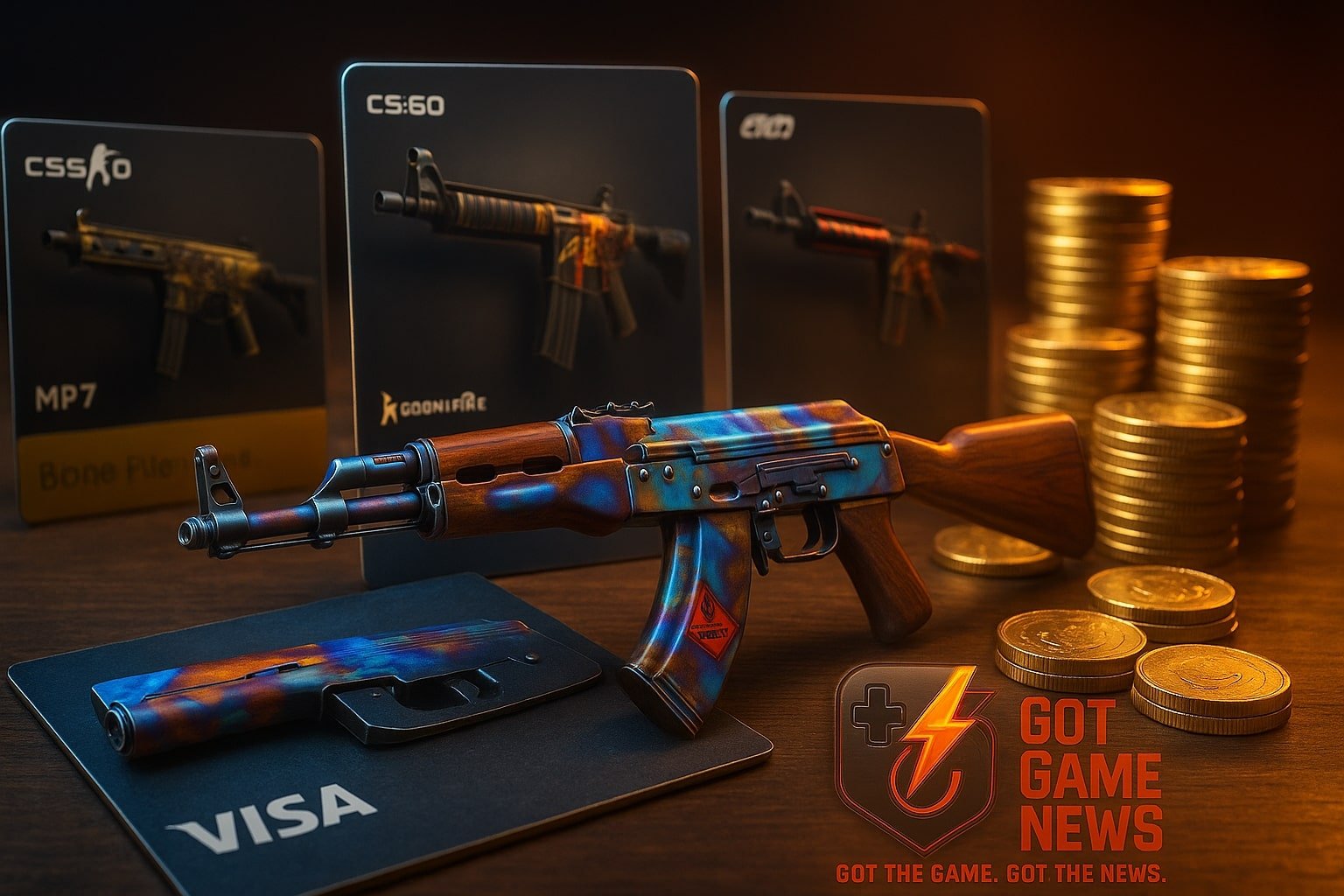Virtual cosmetics—commonly known as “skins”—have transcended their aesthetic origins to become valuable digital assets. Gamers worldwide are capitalizing on this trend, transforming their in-game items into real-world income. Let’s delve into the mechanics of this phenomenon, the platforms facilitating these transactions, and the broader implications for the gaming community.
- The Emergence of the Skin Economy
- Navigating the Marketplace: Key Platforms
- Strategies for Maximizing Profit
- Navigating Risks and Ethical Considerations
- The Broader Impact on Gaming Culture
- Final Thoughts
The Emergence of the Skin Economy
Skins, which alter the visual appearance of characters or weapons without affecting gameplay, have become highly sought after in games like Counter-Strike 2 (CS2), Dota 2, and Rust. The demand for these items has given rise to a thriving marketplace where players buy, sell, and trade skins for real money.
Platforms such as Tradeit.gg, CS.MONEY, and Skins.Cash have streamlined this process, offering user-friendly interfaces and various payout options, including cryptocurrencies and bank transfers.
Navigating the Marketplace: Key Platforms
Here’s an overview of prominent platforms enabling gamers to monetize their in-game assets:
- Tradeit.gg: Known for its fast transactions and low fees, Tradeit.gg allows users to sell CS2 skins for real money or crypto with instant payouts.
- CS.MONEY: Offers a comprehensive trading bot system for quick and secure skin exchanges, supporting both buying and selling.
- Skins.Cash: Facilitates the sale of CS2 skins with a focus on speed and convenience, providing instant cashouts.
- Swap.gg: Supports trading and selling of skins across multiple games, including CS2, Rust, and TF2, with a reputation for security and efficiency.
- BitSkins: Features a vast selection of skins from various games, offering a platform for both buying and selling.
Strategies for Maximizing Profit
To effectively earn from skin trading, consider the following approaches:
- Understand Market Trends: Monitor the demand for specific skins, as popularity can fluctuate based on game updates or esports events.
- Invest in Rare Items: Limited-edition or rare skins often appreciate in value over time.
- Maintain Item Condition: Skins in better condition (e.g., “Factory New”) typically fetch higher prices.
- Utilize Trusted Platforms: Engage with reputable marketplaces to ensure secure transactions and avoid scams.
Navigating Risks and Ethical Considerations
While the skin economy offers financial opportunities, it also presents challenges:
- Scams and Fraud: The digital nature of these transactions can attract fraudulent activities. Always use platforms with robust security measures.
- Gambling Concerns: Some sites have incorporated gambling elements, allowing users to bet skins on games of chance. This practice has raised ethical and legal questions, especially concerning underage users.
- Market Volatility: Like any market, skin values can be volatile. Prices may drop due to game updates or shifts in player interest.
The Broader Impact on Gaming Culture
The monetization of in-game items has transformed gaming from a pastime into a potential revenue stream. This shift has:
- Encouraged Entrepreneurial Behavior: Players are now approaching games with business strategies, seeking to maximize profits.
- Influenced Game Design: Developers are increasingly incorporating tradable items, recognizing their appeal and revenue potential.
- Sparked Regulatory Discussions: The blending of gaming and real-world economics has prompted debates on regulation, particularly concerning gambling aspects.
Final Thoughts
The ability to earn real money through in-game skins reflects the evolving landscape of gaming. As virtual economies continue to intertwine with real-world markets, players have unprecedented opportunities—and responsibilities. Engaging in this space requires not only gaming skills but also market savvy and ethical awareness.
Have you ventured into the world of skin trading? Share your experiences and insights in the comments below!






